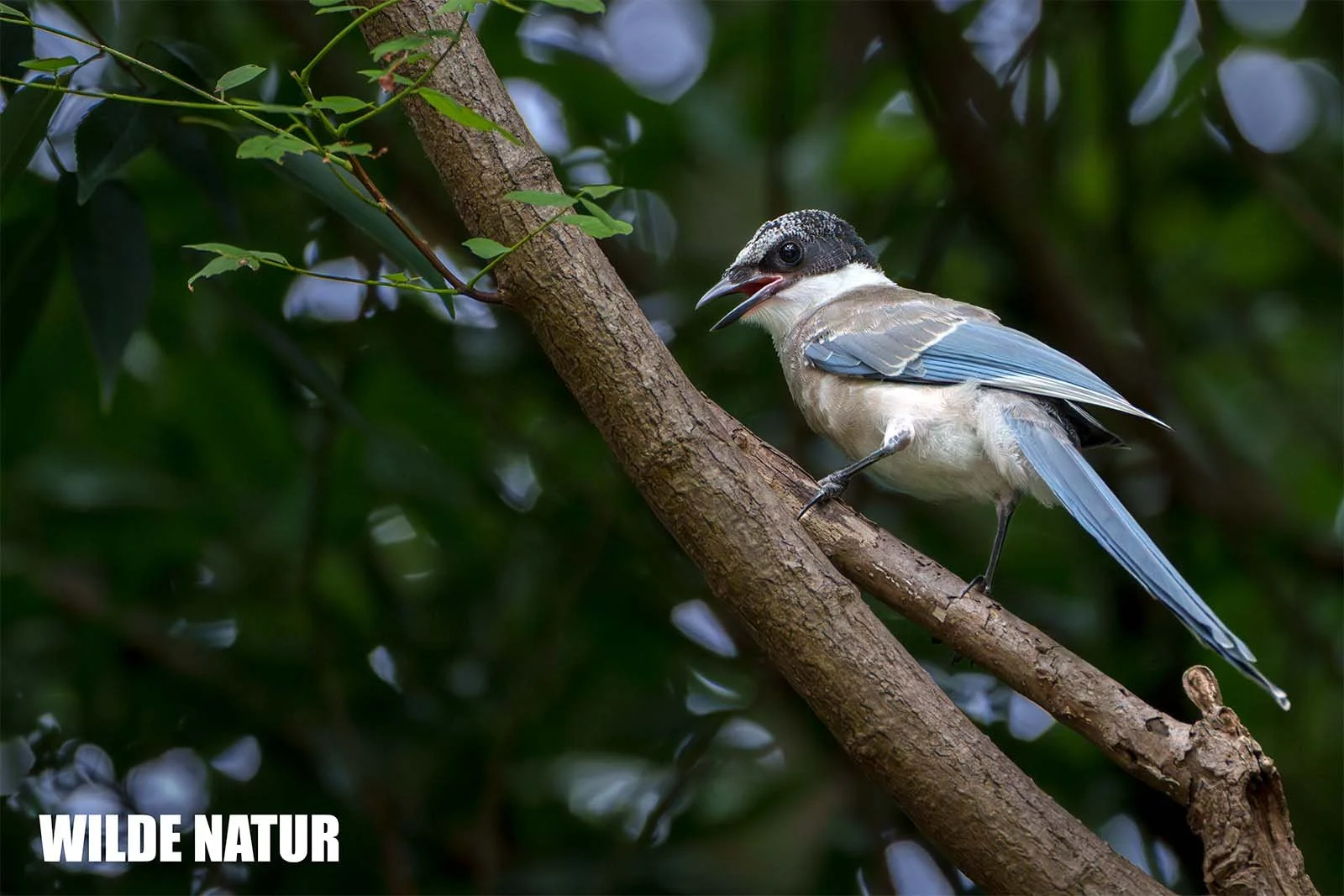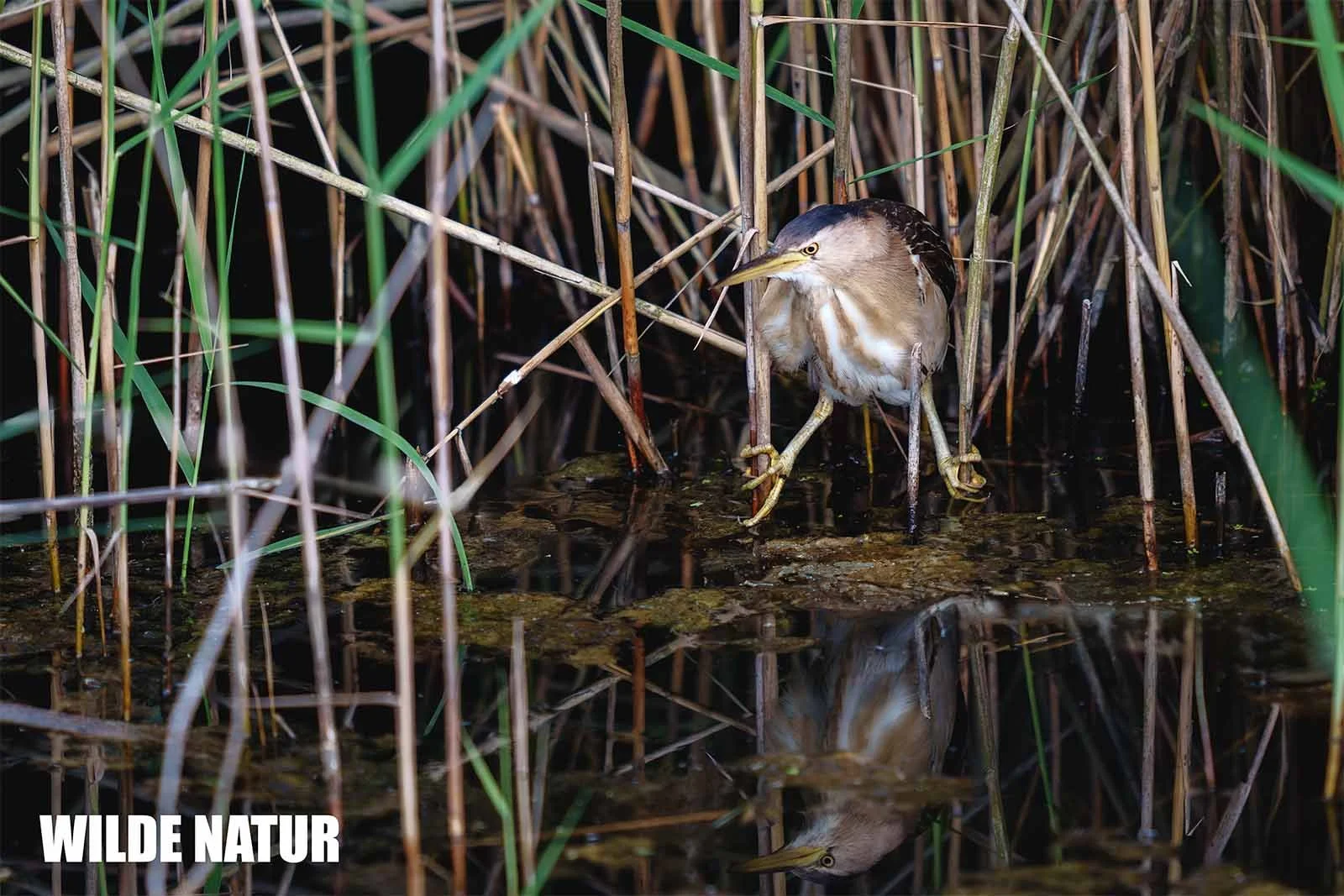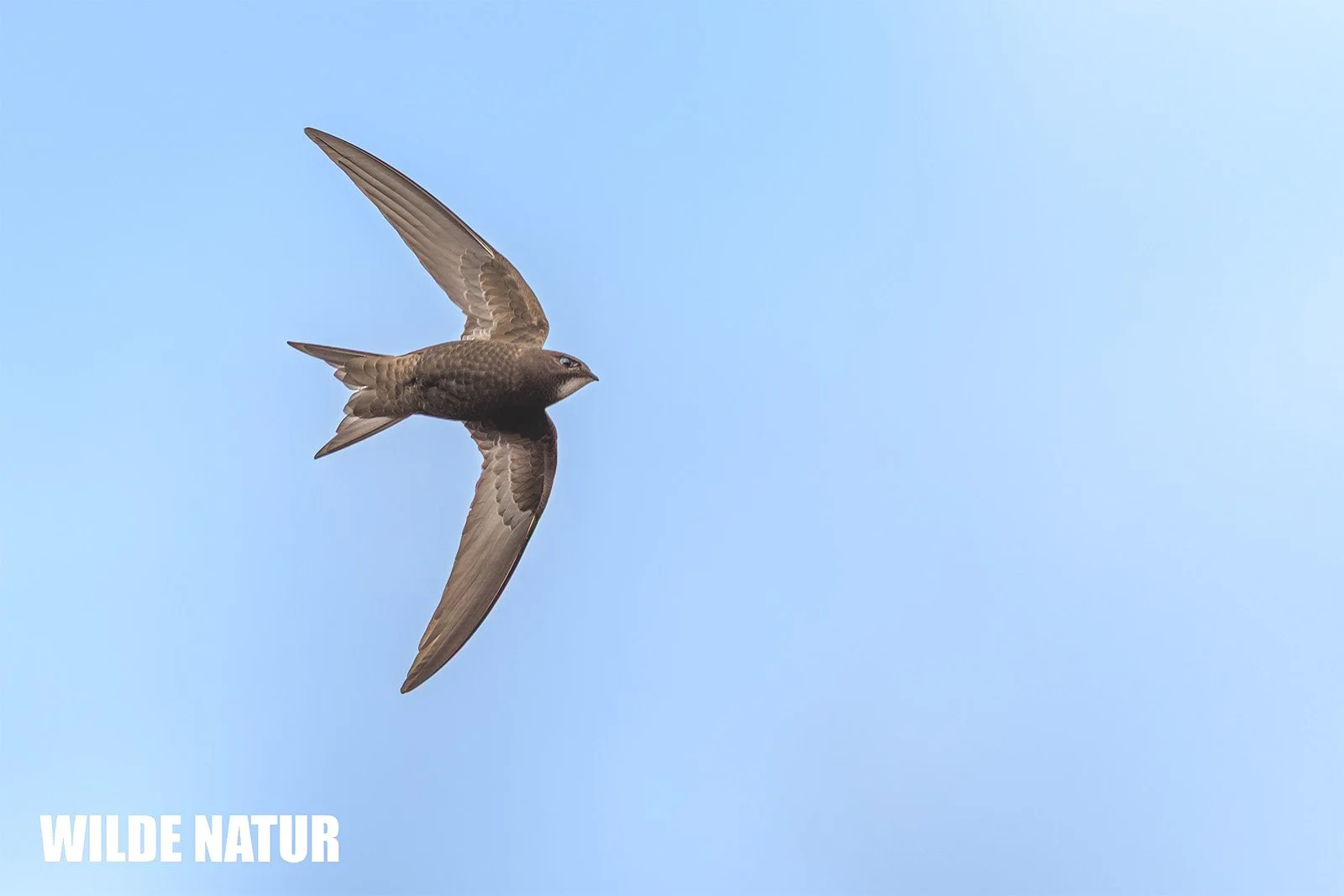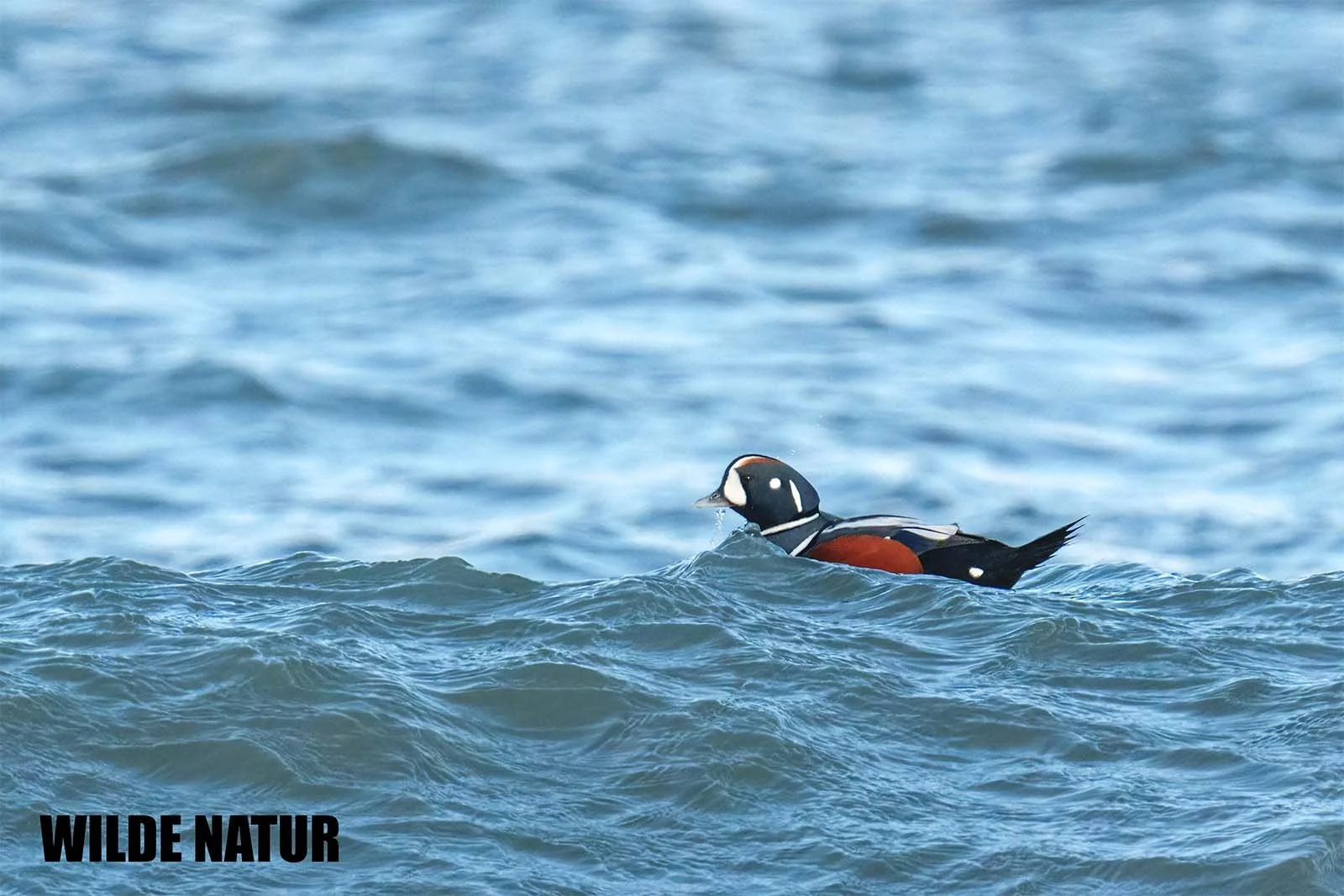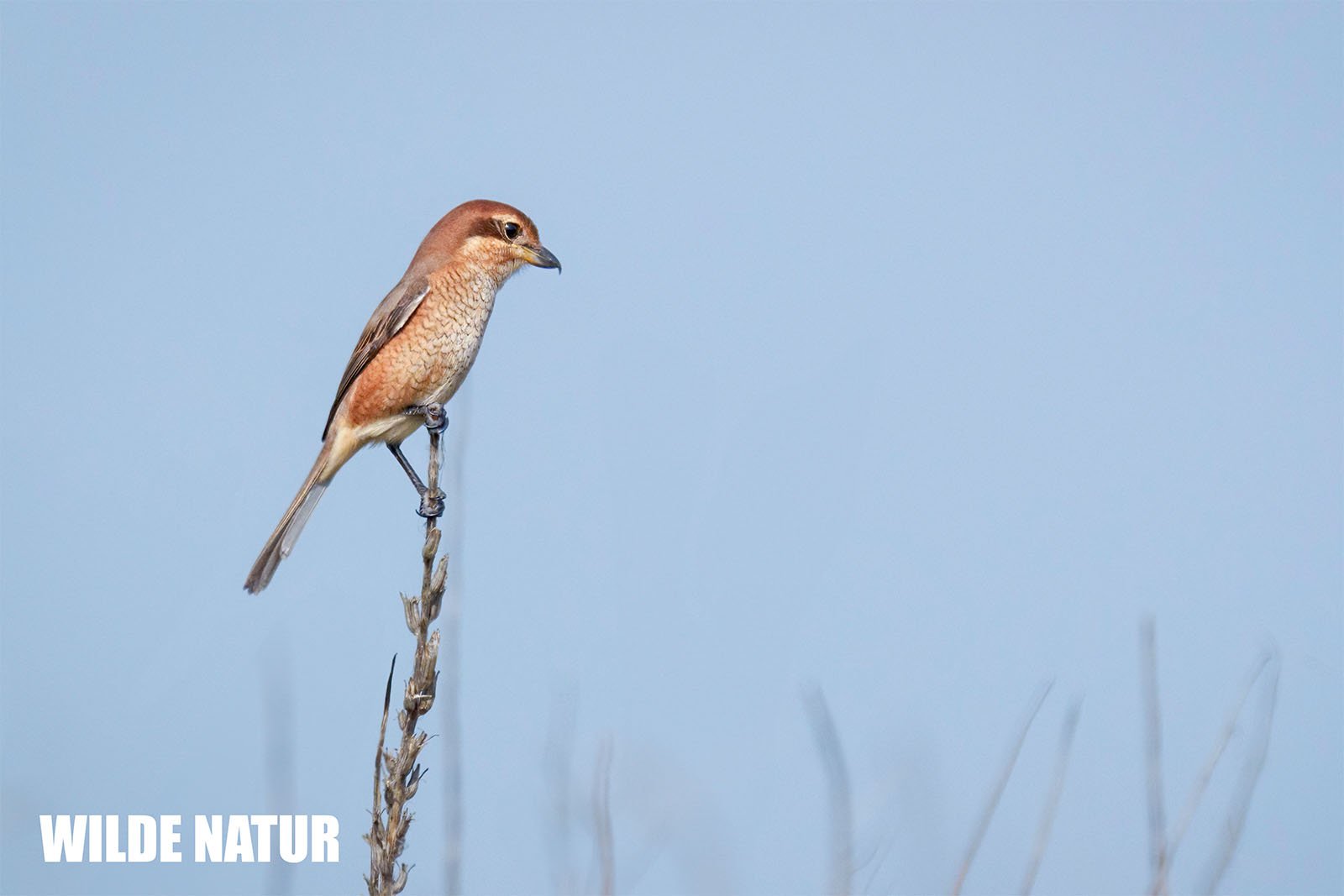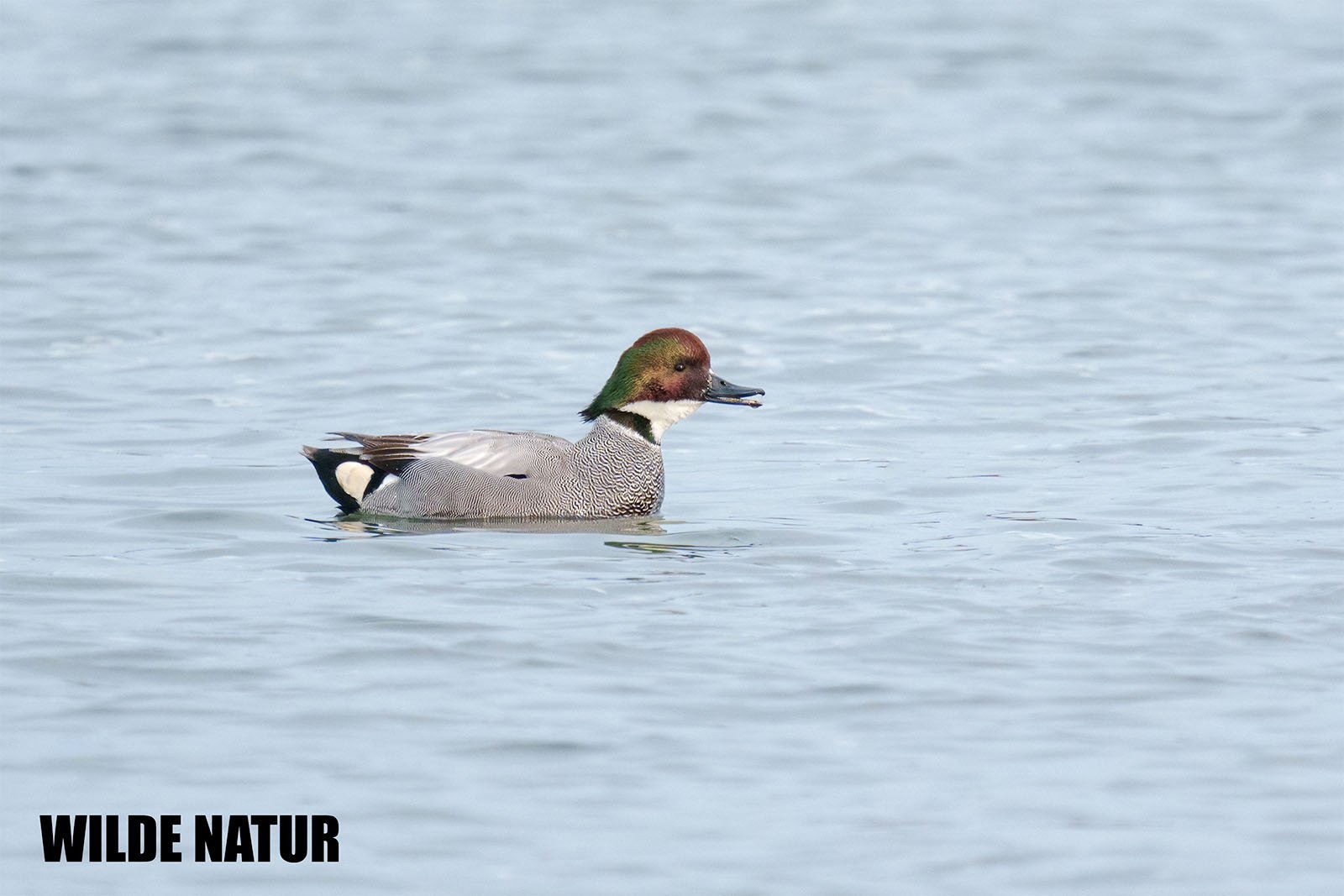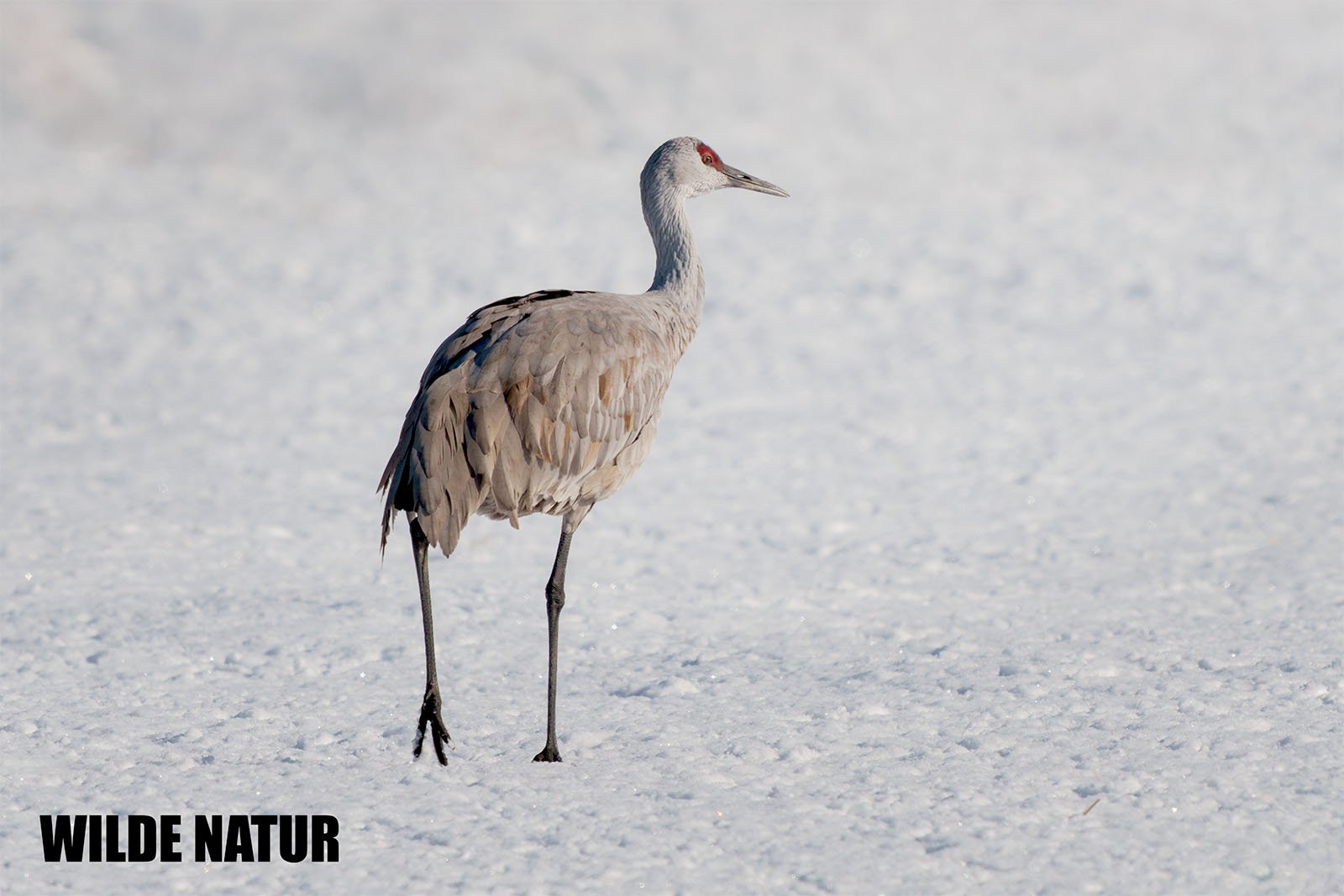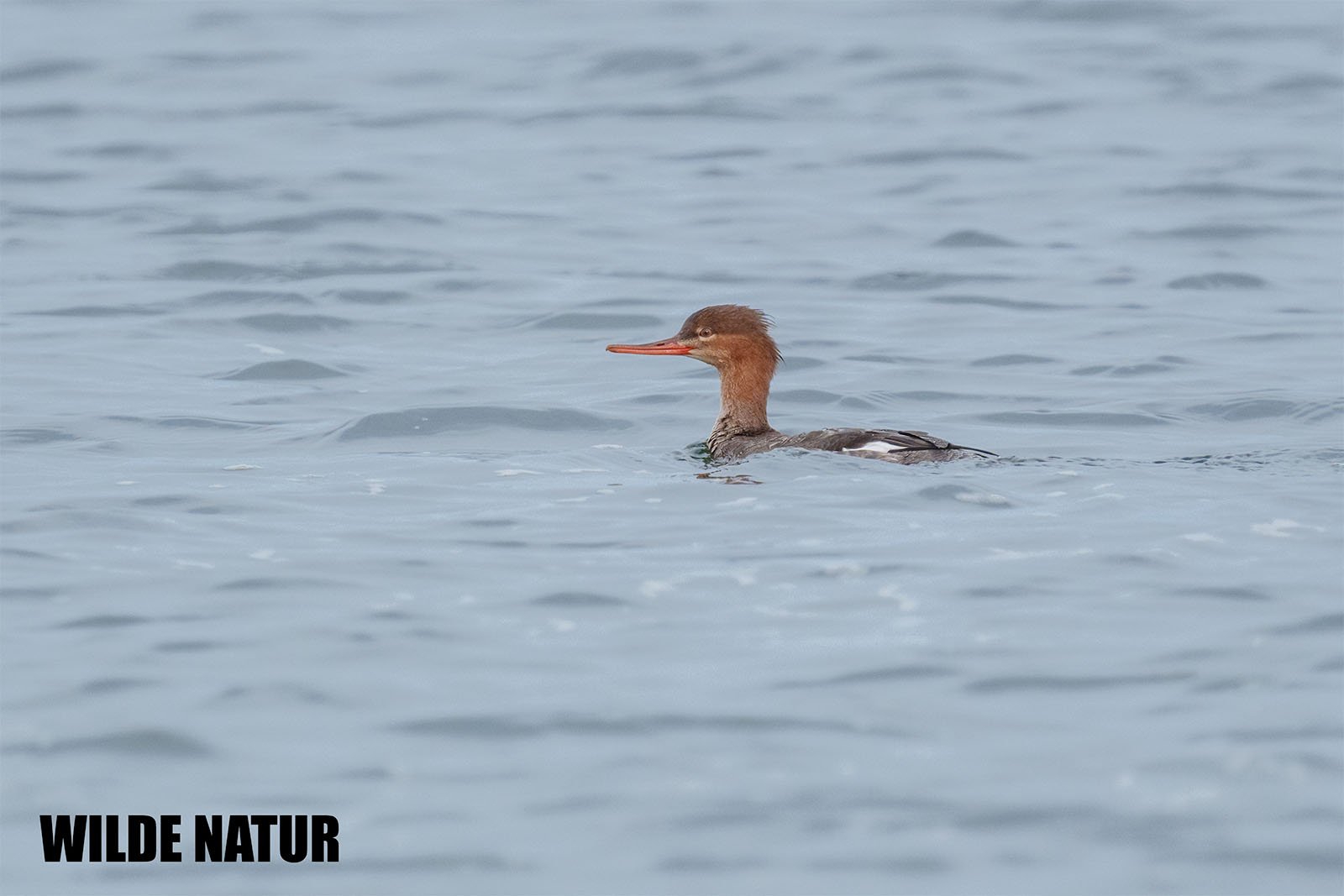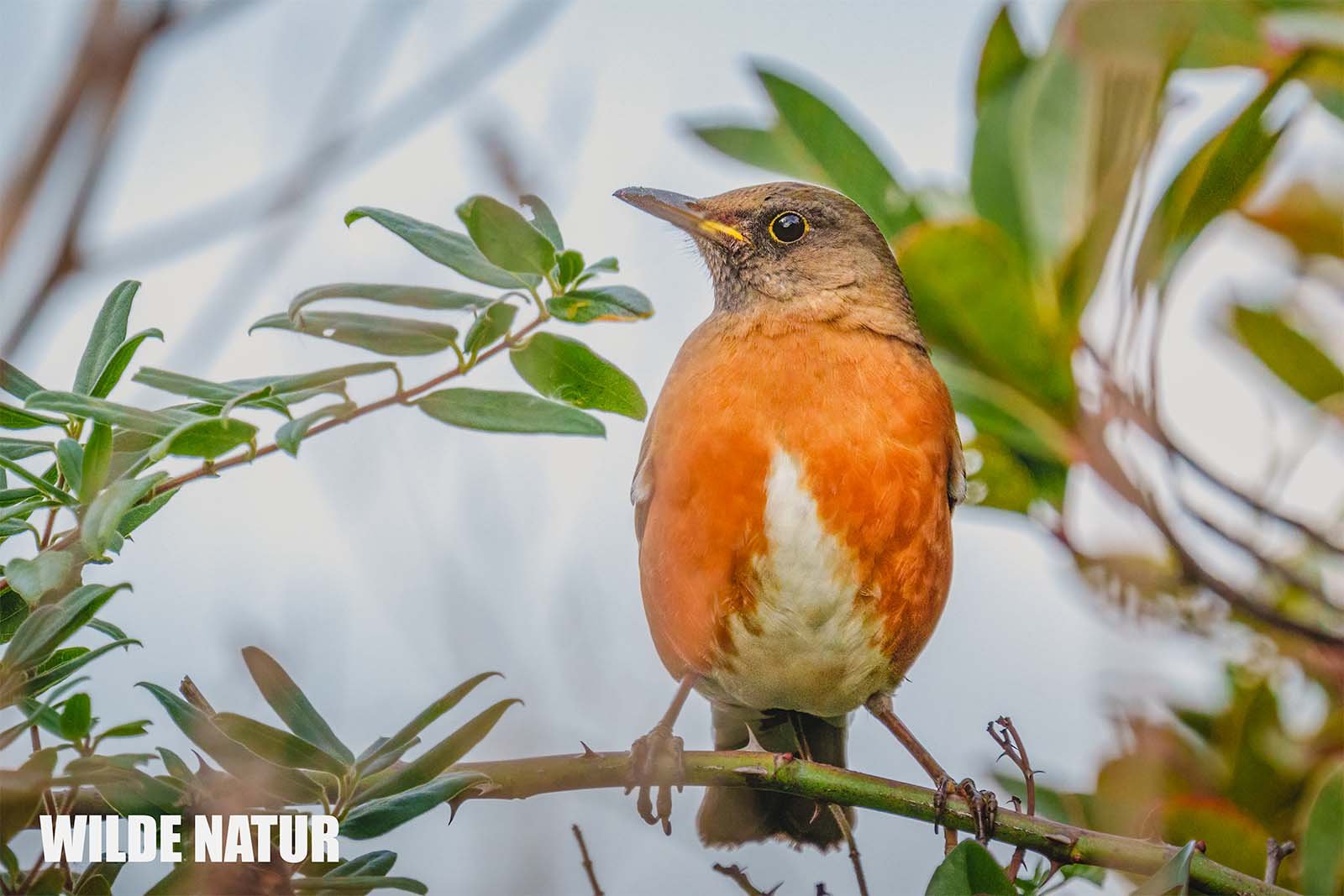Eurasian wigeon (Mareca penelope)
Eurasian wigeon (Mareca penelope) with a rufous head and gray body stands on a rock, at Boso / Japan
Eurasian Wigeon: A Quiet Guest from the North
The Eurasian Wigeon (Mareca penelope) is one of Japan’s most common winter ducks. Known for its soft plumage and high-pitched call, it brings life to Japan’s waterscapes each winter.
Shortlist
Medium-sized dabbling duck with distinctive coloring
Soft, high-pitched "piuuu" call from males
Common winter visitor across Japan
Feeds on grasses, seeds, and aquatic vegetation
Breeds in northern Eurasia, not in Japan
Scientific Name: Mareca penelope
Common Name: Eurasian Wigeon (or European Wigeon)
Japanese Name: ヒドリガモ
Length: 45–51 cm
Weight: 600–1,000 g
Male Plumage: Chestnut head with creamy forehead stripe, pink breast
Female Plumage: Mottled brown-gray and camouflaged
Bill: Bluish gray with a black tip
Diet: Grasses, aquatic plants, seeds
Breeding Season: Not in Japan – breeds in northern Europe and Asia
Migration: Long-distance migrant, October to April in Japan
Habitat: Lakes, ponds, rice fields, wetlands
Conservation Status: Common, not endangered
Table of Contents
- Introduction
- Appearance
- Habitat
- Diet
- Behavior
- Breeding
- Population Status
- Species Overview
- FAQ – Common Questions
Introduction
As cold winds begin to sweep across the land in autumn, flocks of Eurasian Wigeon arrive from the north. Quiet and gentle, they become a familiar sight on ponds, fields, and rivers across Japan. These visitors from Eurasia bring not just life to the landscape, but also a signature sound: a soft “piuuu” that floats like a whistle over winter waters.
Appearance
The Eurasian Wigeon is a medium-sized duck with a rounded body and short neck, giving it a compact yet elegant shape.
Male (in breeding plumage):
- Chestnut head with a prominent cream-colored forehead stripe
- Pinkish chest, pale gray flanks, white belly
- Back with soft brown-gray patterns
- Black tail bordered with white
- Bill: bluish gray with a black tip
- Legs: gray; eyes: dark
Female:
- Mottled brown-gray overall
- Slightly darker head, lightly speckled
- Bill and legs similar to the male
The male stands out with striking contrast; the female blends seamlessly into her environment.
Habitat
In Japan, the Eurasian Wigeon is a typical winter visitor found widely from Hokkaidō to Kyūshū.
Preferred habitats:
- Shallow zones of lakes, reservoirs, and estuaries
- Flooded rice fields and wetlands
- City parks and slow-flowing rivers
They roost on water at night and forage on land by day, especially in open grassy or agricultural areas.
Diet
Wigeons are primarily herbivorous, foraging mainly on the ground or in shallow water.
Typical foods:
- Grasses and young shoots
- Aquatic plants and algae
- Seeds and fallen fruit
- Crop remnants, such as leftover rice grains
- Occasionally small invertebrates
They feed calmly in groups, heads down, often moving in slow, synchronized patterns.
Behavior
Eurasian Wigeons are peaceful, social birds that spend the winter in dense flocks.
Notable traits:
- Gather in flocks of dozens or even hundreds
- Highly social and cohesive group behavior
- The male emits a soft, high-pitched “piuuu” call
- Flight is swift and low, but generally quiet
- Calm demeanor, even in urban or semi-rural areas
Their soft vocalizations define them in the soundscape of Japanese winter wetlands.
Breeding
Eurasian Wigeons do not breed in Japan. They are winter visitors only.
Breeding regions include:
- Scandinavia
- Siberia
- Northern Russia and Arctic tundra zones
They favor marshes, bogs, and open wetland regions for nesting.
Migration timeline:
- Arrival in Japan: October
- Departure: April or early May
During their stay, they rely on Japan’s mild winter habitats for rest and feeding.
Population Status
The Eurasian Wigeon is one of Japan’s most abundant winter ducks.
Current situation:
- Stable population numbers
- Not considered endangered
Ecological significance:
- Indicator species for wetland health
- Frequently used in environmental education and nature tourism
- Target species in birdwatching and ornithological surveys
Species Overview – Eurasian Wigeon
| Feature | Description |
|---|---|
| Scientific Name | Mareca penelope |
| Common Name | Eurasian Wigeon (European Wigeon) |
| Japanese Name | ヒドリガモ |
| Length | 45–51 cm |
| Weight | 600–1,000 g |
| Male Plumage | Chestnut head, creamy stripe, pink breast |
| Female Plumage | Mottled brown-gray |
| Bill | Bluish gray with black tip |
| Diet | Grasses, aquatic plants, seeds |
| Breeding Range | Northern Europe and Asia |
| Winter Range | Japan (October–April) |
| Habitat | Lakes, ponds, rice fields, marshlands |
| Conservation Status | Common, not endangered |
FAQ – Common Questions About the Eurasian Wigeon
1. When do Eurasian Wigeons arrive in Japan?
They typically arrive in October and stay until April or May.
2. Where can I observe them?
You’ll find them at city ponds, reservoirs, rice fields, and natural wetlands—often in large, calm groups.
3. Why are they called "wigeon"?
The name comes from the male’s soft, whistling “piuuu” call, a gentle but distinct sound of winter.
4. Do they breed in Japan?
No. They nest in northern Eurasia and visit Japan only during the non-breeding season.
5. Are Eurasian Wigeons endangered?
Not at all. They are common and widespread, but still important indicators of wetland health.



